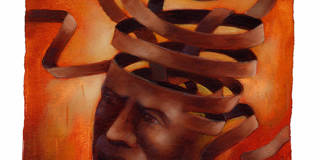Psychiatry’s Conceptual Malpractice
The American Psychiatric Association’s official diagnostic manual – the DSM, often called the “bible of psychiatry” – in effect defines what is psychologically normal and abnormal in the US and, increasingly, in much of the rest of the world. But proposed changes to the DSM's next edition may serve to discredit psychiatric diagnosis as much as to improve it.
NEW YORK – The American Psychiatric Association’s recent proposed changes to its official diagnostic manual – the Diagnostic and Statistical Manual of Mental Disorders (“DSM”), often called the “bible of psychiatry” – may discredit psychiatric diagnosis more than improve it. The DSM specifies the symptoms by which every mental disorder is diagnosed, in effect defining what is psychologically normal and abnormal in the United States – and, increasingly, for much of the rest of the world as well.



NEW YORK – The American Psychiatric Association’s recent proposed changes to its official diagnostic manual – the Diagnostic and Statistical Manual of Mental Disorders (“DSM”), often called the “bible of psychiatry” – may discredit psychiatric diagnosis more than improve it. The DSM specifies the symptoms by which every mental disorder is diagnosed, in effect defining what is psychologically normal and abnormal in the United States – and, increasingly, for much of the rest of the world as well.